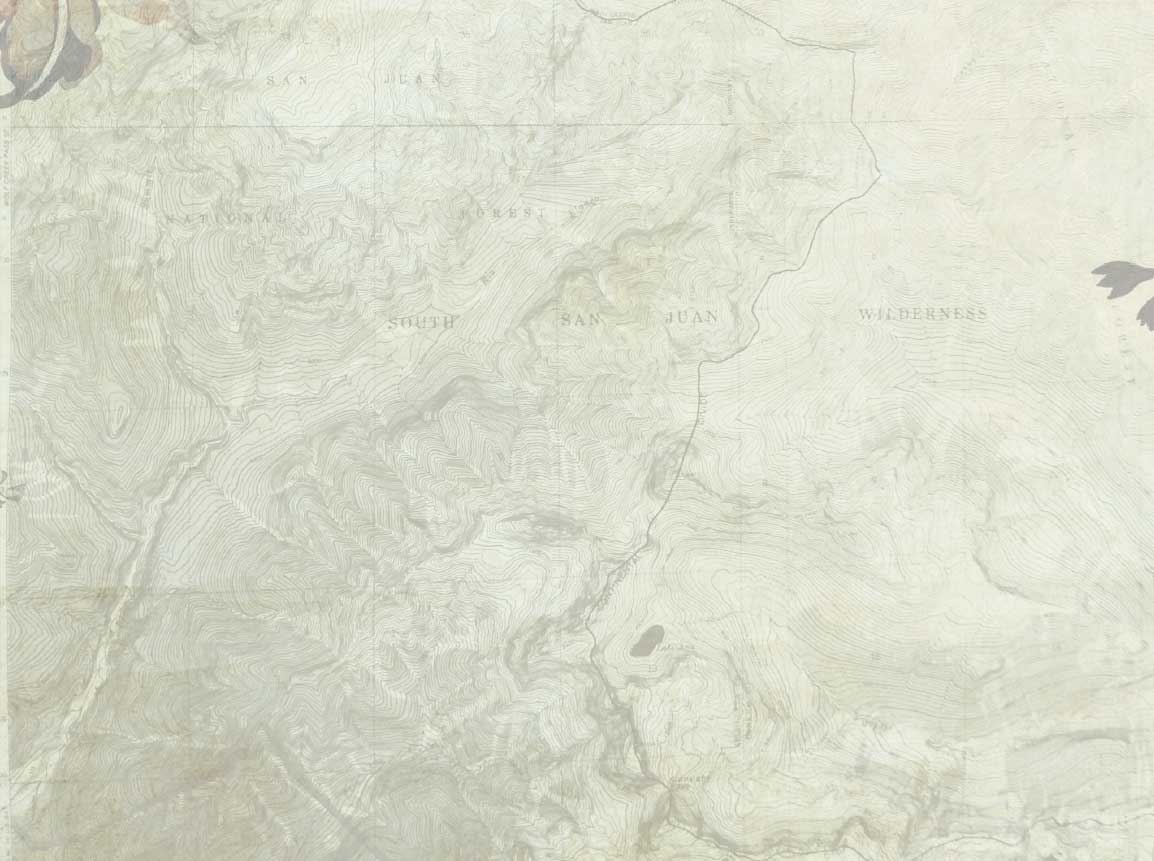The US Navy flight demonstration team, more commonly known as the Blue Angels, involves quite a feat of precision flying. I have seen two performances by them in person, and their flying is exceptional.

Any Navy pilot stationed on an aircraft carrier has great flight skill. The length of the landing runway on an aircraft carrier is just 650 feet, compared to a typical airport runway of 10,000 feet; it is nothing like the smooth landing of a commercial airliner. That ability, to land a on an aircraft carrier, in of itself, holds my admiration. The precision flying by the Blue Angels is an additional level of expert.
Then there is the elite Blue Angels, a volunteer posting. The expectations placed on these pilots, both mentally and physically, is extraordinary. I had the opportunity to attend an outstanding presentation by a former Blue Angel. While much of the talk was about how they trained, trained even more, developed focus, built mental and physical strength, and so on, the area that left the greatest impression was seeing their post demonstration show debrief. I once had imagined big egos with these pilots, something akin to Tom Cruise’s character in the movie Top Gun. Instead, they approached the conversation with confidence and humility.
The feedback session was led by the team commander, yet anyone in the room had permission to speak their assessments and add to the conversation. There were high standards and everyone there wanted to live up to those. With each critical remark and how it led to a recommitment to making the show better, one phrase was uttered every time before they went to the next item:
“…and I’m happy to be here.”
No one was defensive or offered excuses when there was critical discussion. There was no positioning of egos. Instead, they moved into the critical conversation with a shared sense to make the flying routine better. And they said and heard repeatedly, “…and I’m happy to be here.” It sounded something like: We did not perform such and such as well as we could, here is how we can do it better next time, “…and I’m glad to be here.” They practiced appreciating the critical feedback.
How are conversations in your organization? Are critical assessments spoken directly and with dignity? What taboos of speaking about certain topics or certain people? Do people have to spend a lot of time prepping their teammates or couching the assessment with undue care? How often do team members express gratitude for the direct perceptions from others? Hearing insightful remarks, spoken with dignity, to help individuals and the team improve is a gift. Any of us should be glad to be in that environment, hear useful feedback, and be glad to be there.

